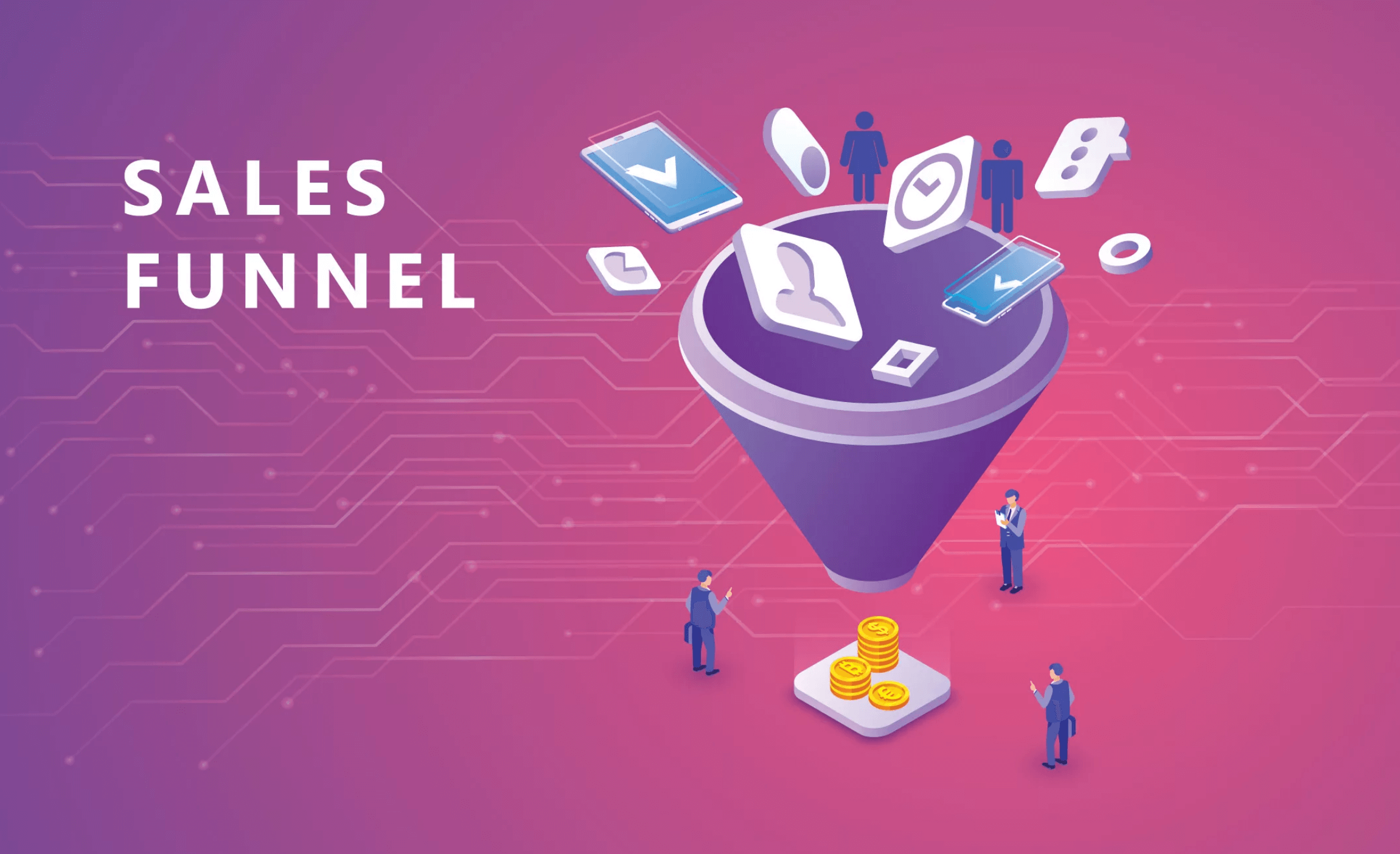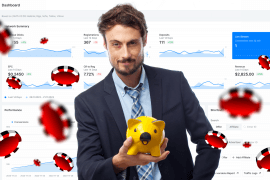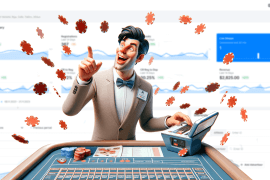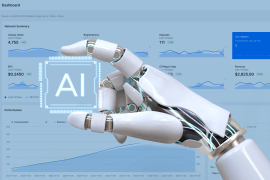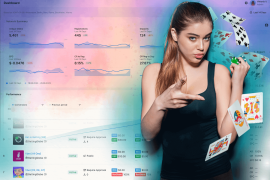Affiliate marketing funnels have become increasingly relevant in modern marketing strategies. They help affiliates channel their web traffic and streamline the flow across each enclosure stage.
But what’s the marketing funnel for the affiliate?
Affiliate marketing funnel is developing a plan to target the right customers to buy the goods they’re looking for.
This funnel helps build a consumer experience journey where a prospective customer enters the specified product/service landing page and acts on the intended target.
Most advertisers and business owners are building a web page and driving traffic to it, but they still fail to translate this web traffic to sales and sign-ups.

So if you’re trying to enhance your affiliate marketing funnel, this blog post will help you realize what you may need to add or redesign it.
The challenge that marketers face after building an affiliate marketing enclosure is the lack of a reliable online traffic conversion rate that lands on the web page. Therefore, there is a need to consider the value of creating an efficient sales funnel and how to get real results from it.
What funnels are helping affiliates to accomplish?
A successful affiliate marketing enclosure helps map every stage of the customer’s decision-making process when landing on the company’s landing page. It also helps to prepare the client’s steps to take on the affiliate marketing funnel aspect. S/he may then plan successful plans to enhance the particular phases of this funnel.

This would directly impact the funnel’s conversion rate, which would result in a more successful marketing campaign. Efficient affiliate marketing entries can also help to strategize marketing campaigns and, in turn, increase the return on investment (ROI) of promotional activities.
Read also:
Before discussing the methods to enhance the enclosure’s particular phases, briefly address the different phases of the affiliate marketing enclosure.
Affiliate Marketing Funnel Examples
- Build Awareness: This is where the affiliate produces content to promote awareness of the product/service.
- Build interest: implement optimization techniques to maximize awareness and enhance the interest of the tourist.
- Help make a decision: the conversion point where the visitor is persuaded and agrees to buy the product/service being sold.
- Engage, Cultivate, and Nourish: This is the post-conversion process in which attempts are made to attract new customers.
Let’s take a closer look at each stage of the funnel and what you can do to specifically maximize each stage of your affiliate marketing funnel.
Phase 1: Build Awareness
Your blog is a great place to start when it comes to raising awareness of such goods and services. That’s because you’re catering to people looking for an online solution, and you’re visiting a blog post because it has the important information they’re looking for.

Blogging is an organic way to increase traffic with the aid of Search Engine Optimization (SEO). You can also get traffic via paid media networks, such as Facebook social media ads and Google search ads.
It’s important to have a blog as a key platform to connect all marketing activities. This is because most affiliates tend to own a website/blog that contains all information related to the products/services they are currently promoting. From here on, you can drive marketing efforts on social media and video streaming sites to increase web traffic.
You can also add related web traffic to your blog by building a YouTube channel. Video content can be a perfect addition to the funnel’s first stage as it draws more interest. Videos on YouTube are generally categorized on the basis of the types of products or the sector to which these products relate. You may also create video content that is tailored to your niche audience to raise awareness.
Custom landing page
The landing page is of great significance as its sound, esthetics, and overall user experience establish the tourist’s product/service’s first impression. Visitors will arrive on the landing page via a search engine, a social media post, a blog connection to find a product or a solution to a problem that they face. Therefore, it is necessary to keep a single tone of communication on the landing page and advertising; otherwise, the user would be able to navigate away.
For example, when re-targeting guests, the tone of interaction the brand has with its customers would be unique to the theme (e.g., Christmas). Because the campaign’s theme is around Christmas, the old landing page would automatically disconnect the tourist. This is where the custom landing page plays a key role.
They are developing a custom landing page that caters to a missing piece of a puzzle to build awareness. They bind and channel traffic to the next level of the affiliate marketing funnel.
Marketing Affiliate Funnel Planning.
Social Media Shoutouts
In the age of digital marketing, social media is an easy and efficient way to communicate with people. The advantage here is that it’s quicker to make yourself heard through social media channels, as the conversation is stimulating and helps build a brand image.
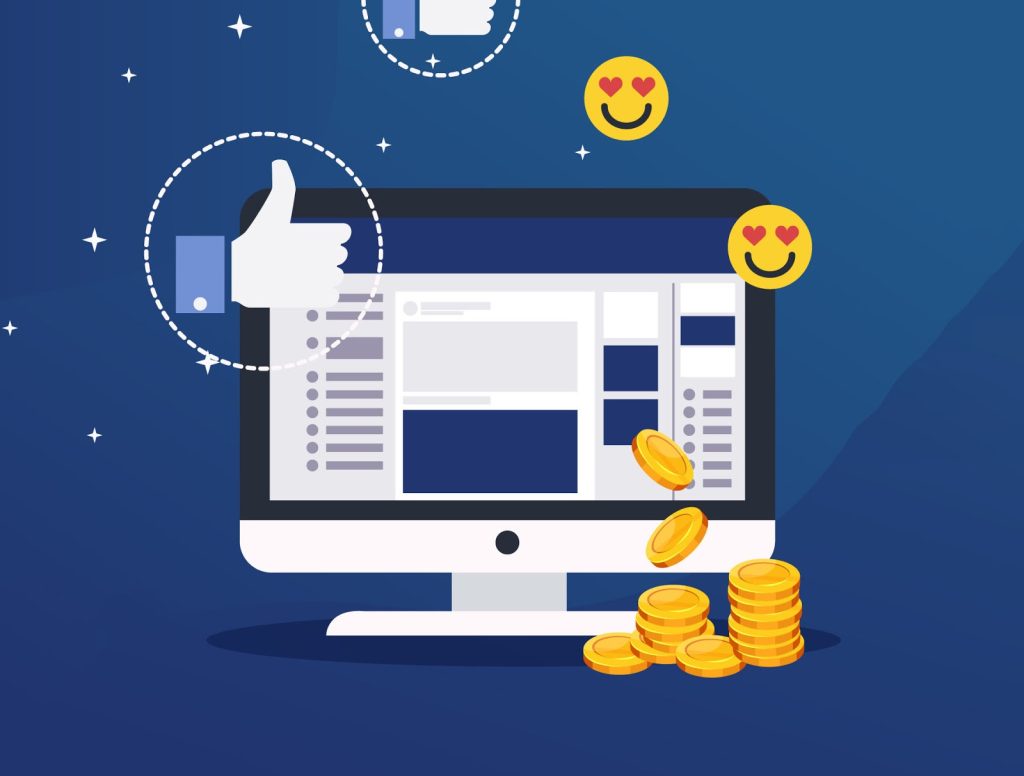
People love to create a personal relationship with the brand by sharing news and connecting with the brand through stories, funny articles, and videos.
List of emails
Email marketing is a time-tested marketing technique that aims to achieve a certain classification of individuals. For example, an e-commerce site that sells football club merchandise needs to concentrate on emailing the fan base of that particular football club in order to efficiently pull out traffic.
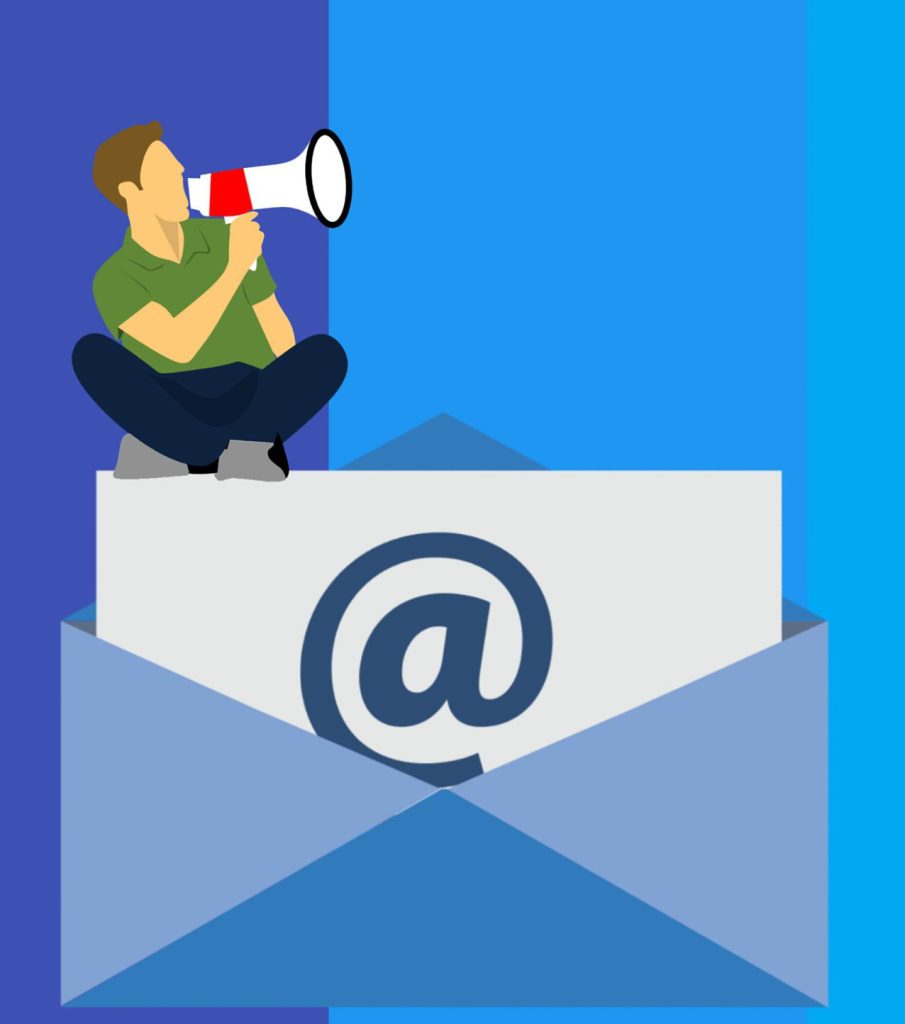
It is important to build an email list to reach out to new people and remind potential customers of the current company. Email marketing helps to launch discussions with a lot of people by giving them personal contact.
Being able to reach out to a broad specific audience through email marketing would have a strong effect as it spreads brand awareness. For example, most e-commerce companies send emails to their current and future customers about deals they should be looking for soon.
Phase 2: Grow your Interest
Now that you know the importance of and techniques for building product awareness, the next step is to grow the interest of the audience. To do this, you will need to make daily contact with prospects along your journey.
There are several different ways to generate a stimulation that encourages a visitor’s interest in the website. Let’s check out some of the methods that are common among affiliate marketers.
Opt-ins:
There are various types of opt-ins you can choose from, depending on the blog’s context and user interface. Choices include full-page, lightbox, slide-out, side banner, and floating bars. These opt-ins usually include activities such as Subscribe to our newsletter, Sign up, or promotional deals that visitors can make use of.
High traffic pages are ideal for opt-ins as a great way to engage the attention of users who are interested in your products/services. Communication here has a high impact and therefore needs to be consistent with the customer’s purpose.
Custom Bid
When creating a custom offer page, it is critical to recognize that a dialog has begun between the brand and the potential customer. Therefore, the conversation starts here on the previous visitor page. This is the secret to keeping the visitor engaged, because a break in the dialog would cause the visitor to leave the affiliate funnel and possibly take little traffic to the next stage of the affiliate marketing funnel.
If you want to create a custom deal page, imagine answering the query a visitor has asked on Google. This response, along with in-depth details on the issue, will be in the blog post. From there, the visitor is shown a banner about an enticing product deal that he/she can make use of by placing an order via the Custom Offer tab.
In addition, interface esthetics and user experience of the custom offer page are crucial aspects to remember when designing the custom offer page. An exclusive promotional offer will help keep tourists interested and move them to the next stage of the affiliate marketing funnel.
Sticky Bar/Floating Banner
Having a sticky bar on your landing page or blog post helps provide exclusive offers and discounts. This is also the case for holiday sales such as Christmas, Thanksgiving, Easter, and Black Friday.
The goal is to gain your audience’s attention by arousing their interest and reminding them of a special offer they can make use of. The sticky bar banner will take your visitors to the Product/Service Show Special Offers page that is currently under promotion. With this approach, the product that you endorse gains more attention and interest from your audience.
Ebooks/Whitepaper
You may publish an ebook that provides insight, interpretation, and clarification about a common issue that many people seem to face. You can reasonably presume that any reader who downloads your ebook is interested in the subject matter and is finding relevant information.
You can also capitalize on generating traffic by advertising goods and services in your ebook that will land your readers on a targeted landing page.
So how do you capitalize on generating your web visitor’s curiosity with an ebook?
Since the reader is already interested in the subject of the ebook, the products/services advertised in the ebook would draw more attention to these readers. Alternatively, you can also create your email list and subscribers to the ebook newsletter. The next stage of the affiliate marketing funnel is to help the visitor decide to purchase the product/service.
Phase 3: Support to make a decision
At this point, potential customers/visitors have opted to link to the brand by signing up, subscribing to the newsletter, or downloading an ebook. This is where the prospective consumer is looking for a justification to make the purchase.
The secret to success here is to keep the contact simple and brief while offering a clear justification for the potential buyer’s purchase. You’re going to need to keep contact short and crisp at this point. You will need to include facts about the product/service along with a persuasive analysis of the current customer. The icing on the cake is the closing deal that they get by signing up on the affiliate’s landing page for the prospective buyer.
Nurture through email automation
There are several resources available to affiliate marketers to automate the process of sending emails, saving time and effort in curing and segmenting emails based on relevance. Affiliate marketers can use Constant Touch, MailChimp, SendInBlue, GetResponse, Drip, and ActiveCampaign to their advantage.
It’s easier to automate this process when sending out bulk emails.
Email Automation is a game-changer for advertisers as it is an easy and cost-efficient way to target the right audience. In addition, email lists accumulated over time can help to create conversions for a range of alternative goods and services.
Re-targeting of campaigns
At this point in the affiliate marketing funnel, you need to reach out to a potential client who has not yet been converted. For example, a prospective customer who had previously opted for a service demo but had not signed up.
The inclusion of a promotional offer shared during the first stage of the marketing funnel is of benefit here. This gives the prospective buyer a gentle desire to make the purchase.
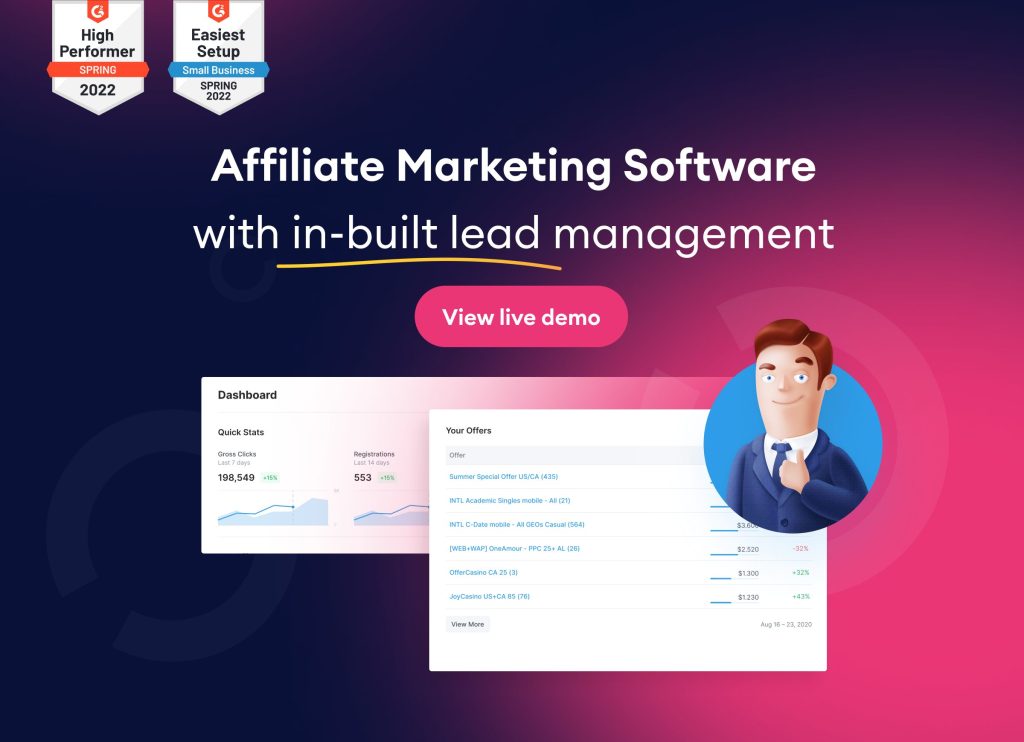
The best way to take full over your campaigns is to use affiliate software that supports lead management, such as Scaleo.io – it allows you to not only track sales in your campaign, but also manage leads, therefore not leaving any money on the table!
For example, let’s say that you are the owner of a clothing store and that your potential customer is looking for new clothes to purchase. She/he finds an article about top brands to shop for a good quality shirt and land in your e-commerce store. However, the visitor navigates away from the website after viewing the landing page.
With the aid of advertising networks, you can launch retargeting campaigns targeted at visitors who have already landed on specific website pages. Hence, there is a strong likelihood that these visitors will buy the product since they have already made an impact on the brand.
Phase 4: Interact, Cultivate, and Nourish
This is the last page as your web page visitor comes to the end of the funnel. This page has all the details of a prospective customer who wants to make the purchase. It is good practice to reassure prospective customers about their order by referencing secure payment gateways to not disrupt the payment process.
A thank you message for the new customer is shown on the tab. It’s also a brilliant idea to show this customer a video to boost loyalty and create more interest in the product or service on offer.
Alternatively, some of these pages display the testimonials and feedback of other consumers’ products/services to affirm the company’s commitment to tourism. This is the same promise made by the brand at the start of the affiliate’s marketing funnel.
Effectiveness and Calculation of the Funnel Affiliate
After designing an affiliate marketing enclosure, its efficacy and impact needs are tracked and evaluated continuously. Let’s look at some of the success metrics that will help you understand how each stage of the funnel functions.
Entry Points/Amount of Entry/New Session
This indicates the number of potential customers entering the funnel. In other words, you’re searching for traffic on a certain landing page, and that’s in proportion to the new sessions.
This includes the funnel’s first and second phases, where awareness of the product/service is the main concern. At this stage of the funnel, it is important to track the number of new sessions in order to measure the time they appear to remain on the respective web pages.
Level of conversion
This parameter includes enclosure phases that require particular action from potential customers. This is calculated by the ratio of the number of new visitors clicking on the desired action to the total number of new visitors arriving on the respective web page.
Desirable actions include signing up for a service, inserting an email to start discussions, downloading an ebook, or even opting for a product/service demo.
Sales Funnel Phase Period
This is the amount of time your potential client spends from the stage where he enters the affiliate marketing enclosure (landing on your landing page) to the end of the affiliate marketing enclosure (makes the purchase/desired result). This also involves a number of steps that your potential customer has to take to move from one point in the funnel to the next.
Conclusion
You now recognize the impact of an efficient marketing enclosure on affiliates. Examples point to the fact that a successful affiliate marketing funnel is the secret to a healthy conversion rate, eventually improving your business’s bottom line.
What you are taking away from this article:
- Defining an affiliate marketing enclosure
- Stages of an affiliate marketing enclosure
- Opt-ins have a positive effect on the website, sending users to the next level of the funnel.
- Focus on the intent of your Custom Offer page
- Implementing Sticky Bar/Floating Banners is helping to draw attention.
- Using ebooks to generate traffic
- Use email and email automation to raise the interest of the target audience
- Re-targeting campaigns to raise conversions
- Close your sale with reassurance
- Measure the efficacy of the funnel affiliate using metrics
Last Updated on November 28, 2023

